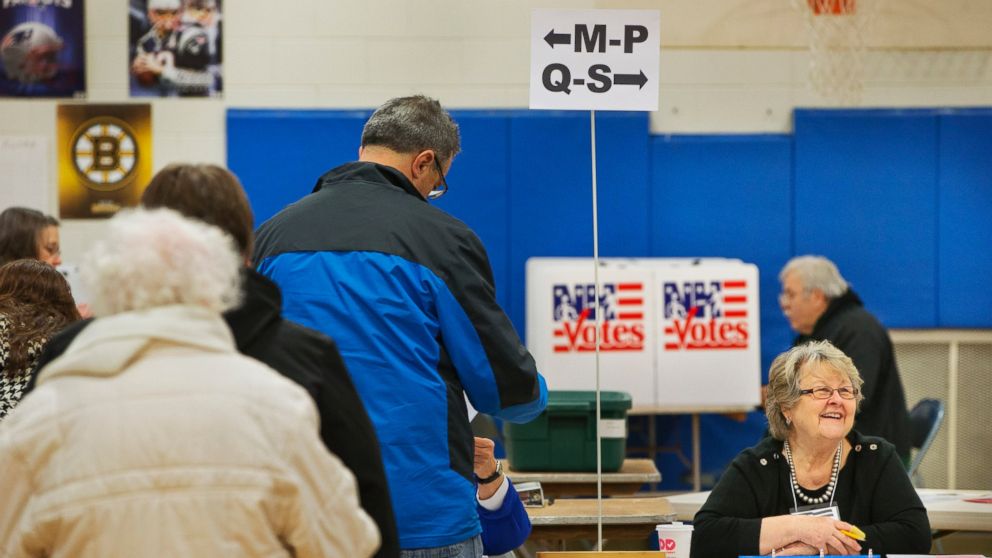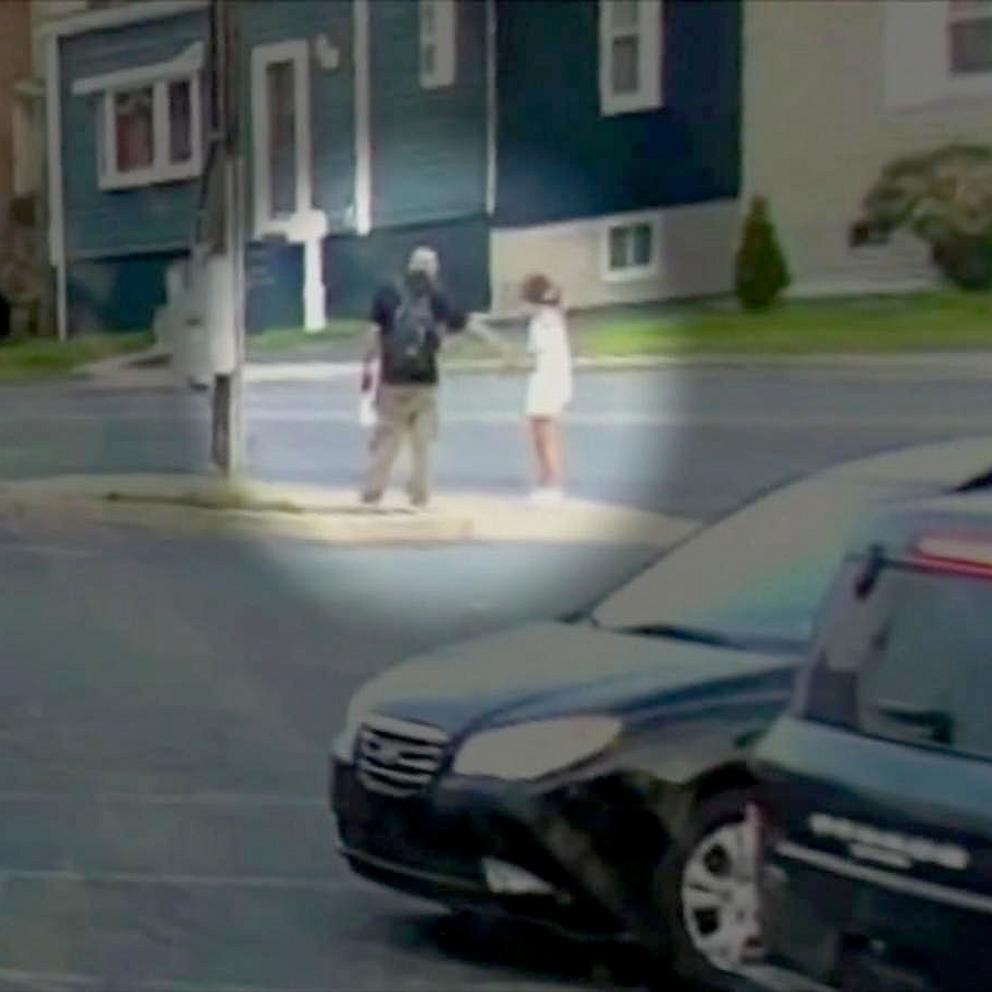South Carolina and Nevada vs. Iowa and New Hampshire: How the Voters Vary
— -- For months, presidential contenders have tailored and targeted their messages toward conservative evangelicals in Iowa or liberals in New Hampshire.
But once a candidate clears that first hurdle, the landscape shifts -- big time.
Republicans have turned to South Carolina, whose voters tend to resemble Iowa with a Southern flair. Democratic candidates instead go out west to Nevada, where more non-white voters turn out to the polls and voters are more moderate than the first two contests.
Here are five things you need to know about how South Carolina and Nevada electorates are different from the first two states of Iowa and New Hampshire:
1. Democratic Voters Will Be More Diverse
In the first-in-the-nation states of Iowa and New Hampshire, more than 90 percent of Democratic voters were white. But in Nevada, only two in three voters were white in the 2008 caucuses. Fifteen percent were black and 15 percent were Hispanic.
This is a crucial bloc for Hillary Clinton, who tends to perform better among non-whites. Republicans, on the other hand, saw a 98 percent white electorate in South Carolina in 2012, despite its large minority population. Those voters will mostly participate in the Democratic primary, where 55 percent of Democratic voters were black in 2008.
2. Democratic Voters Will Be More Moderate
Iowa and New Hampshire have some of the most liberal Democrats in the country -- but this will all change when presidential hopefuls descend on the Silver State.
While two in three voters in both Iowa and New Hampshire called themselves “liberal,” only 45 percent -- less than half -- did so in Nevada in 2008. This is a potential pitfall for Bernie Sanders, who needs liberal support to match Hillary Clinton’s strong backing by moderates. Four in 10 voters in 2008 called themselves moderates, compared to roughly a quarter in 2016 exit polling in Iowa and New Hampshire.
3. Party Affiliation Will Look More Like Iowa Than New Hampshire
New Hampshire’s unique primary system encourages high numbers of Independents to participate in the contest, but don’t expect those high numbers in South Carolina and Nevada.
These two electorates will look more like Iowa. In 2008, eight in 10 Democratic caucus-goers were Democrats -- unlike New Hampshire, where four in 10 voters were Independents this year. This threatens to hurt Bernie Sanders, who often gets a boost from people who aren’t registered Democrats.
On the Republican side, seven in 10 Republican caucus-goers identified themselves as Republicans, while a quarter said they were Independents in the 2012 South Carolina primary. That’s a different feel from the 42 percent of GOP voters who said they were Independents in New Hampshire last week.
4. Slightly Fewer Young Voters Will Turn Out Compared to Early States
Both parties are likely to see a slightly lower number of young voters than they saw in the first two contests.
This year, almost one in five of the Democratic voters who turned out in Iowa and New Hampshire were under age 30. But in 2008, only 13 percent of the electorate was under 30 years old. This is likely to give a boost to Hillary Clinton, who sees dismal poll numbers among young white voters and strong leads among those over 65 years old.
On the Republican side, 12 percent of Iowa caucus-goers and 15 percent of New Hampshire voters were under the age of 30. But in South Carolina and Nevada in 2012, those numbers were only nine and eight percent, respectively.
5. Strong Conservatives and Evangelicals Will Turn Out Like Iowa
We may not be in Iowa anymore, but it might feel like it for some Republicans.
This year, four in 10 Republican voters in Iowa were strong conservatives -- nearly matching the 36 percent of voters who were strong conservatives in South Carolina in 2012. Only a quarter of New Hampshire voters were strong conservatives this year. But just wait until Nevada -- where a whopping 49 percent of caucus-goers in 2012 said they were “very conservative.”
But religion also makes a difference. Almost two in three voters were evangelical Christians in Iowa, which is nearly identical to the 65 percent of voters who were evangelicals in South Carolina during the 2012 primary. These two dynamics are likely to boost Ted Cruz, who sees strong support among conservative Christians, although Donald Trump has also had success among these groups. In New Hampshire, only a quarter of voters were evangelicals.




